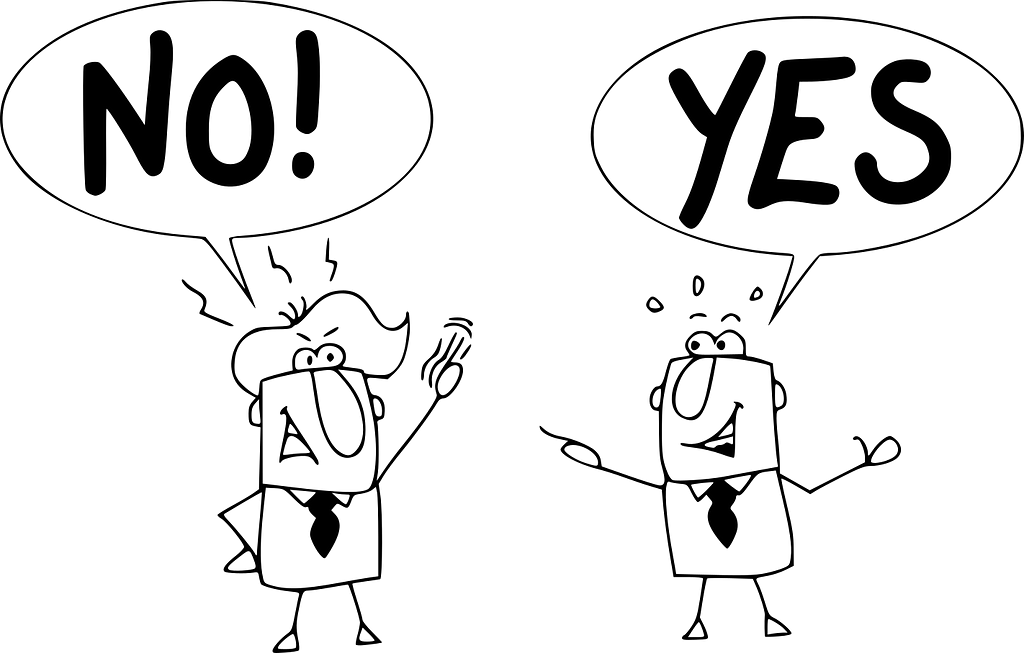- Per My Last Thought
- Posts
- The Subtle Art of Disagreement
The Subtle Art of Disagreement
Disagreement isn’t necessarily harmful. When done respectfully, it sharpens thinking and promotes innovation. This piece reveals strategies for constructive dissent: listen actively, focus on ideas not identity, and approach conflict with curiosity not ego.

In any professional setting, it’s inevitable that you will sometimes find yourself at odds with your superiors or clients. Navigating the subtle art of disagreement not only enriches professional relationships but also fosters a conducive environment for growth, innovation, and shared understanding.
Disagreements shouldn’t be viewed as obstacles, but instead as stepping stones to unexplored territories and fresh perspectives, with benefits including accelerated team growth, enhanced work results, strengthened professional relationships, and boosted job satisfaction.
However, expressing disagreement can often feel like walking a tightrope. The risk of damaging relationships, inciting retaliation, or causing offense can deter us from engaging in these vital conversations. However, disagreement, much like negotiation, is a subtle art. Mastering it can transform potential conflict into constructive dialogue.
Over the years, I’ve experimented with numerous strategies, from which I’d like to highlight four techniques that I found highly effective. Using them can help ensure that your opinions and arguments are not just heard, but also respected.
1- Understand before you challenge. Before launching into disagreement, it’s crucial to fully understand the other person’s point of view. Make sure you’ve listened carefully, asked clarifying questions, and empathized with their perspective. By doing this, you’ll be better equipped to address their specific ideas, and you’ll show them respect by demonstrating your understanding.
“Seek first to understand, then to be understood.” -Stephen Covey
2- Disagree softly and respectfully. Once you’ve thoroughly grasped the other party’s perspective, it’s time to voice your disagreement. Maintain a respectful tone and avoid emotionally charged language. Stick to the facts and clearly state your viewpoint. Make it about the idea, not the person. Personal attacks can quickly turn a professional disagreement into a personal feud.
“It is the mark of an educated mind to be able to entertain a thought without accepting it.” -Aristotle
3- Use “I” statements. When expressing disagreement, use “I” statements instead of “you” statements. This shifts the focus to your perspective and feelings rather than sounding accusatory. For instance, instead of saying, “You’re wrong about the sales forecast,” try saying, “I have a different perspective on the sales forecast.” This can make the conversation feel less like an attack and more like an exchange of ideas.
“When we use ‘I’ statements, we take responsibility for our own feelings rather than attributing them to someone else.” -Marshall Rosenberg
4- Suggest alternatives. Disagreement should not just be about highlighting problems but also about proposing solutions. When you disagree, try to offer an alternative perspective or solution. This shows you’re not just being contrary; you’re actively trying to find a better way forward.
“Don’t find fault, find a remedy.” -Henry Ford
We are all artists experimenting with conflict throughout the course of our professional lives. We must try to hone the art of disagreement early on and develop a style of our own, because based on my experience, all the leaders who I hold in great regard embrace disagreement. They stand up for their ideas, respectfully challenge their peers, and do not shy away from having a healthy argument whenever necessary.